Color - in Pursuit of Blue
botanierra
11 years ago
Featured Answer
Sort by:Oldest
Comments (42)
gardengal48 (PNW Z8/9)
11 years agodiggerdee zone 6 CT
11 years agobotanierra
11 years agobotanierra
11 years agomytime
11 years agoschoolhouse_gw
11 years agoechinaceamaniac
11 years agorusty_blackhaw
11 years agoPat z6 MI
11 years agobotanierra
11 years agowieslaw59
11 years agobotanierra
11 years agohunt4carl
11 years agomytime
11 years agopaulsiu
11 years agobuyorsell888
11 years agochills71
11 years agomytime
11 years agobotanierra
11 years agobuyorsell888
11 years agobuyorsell888
11 years agosubk3
11 years agobotanierra
11 years agobotanierra
11 years agosteve1young
11 years agorouge21_gw (CDN Z5b/6a)
11 years agomistascott
11 years agoghoghunter
11 years agobouquet_kansas
11 years agowieslaw59
11 years agorouge21_gw (CDN Z5b/6a)
11 years agosteelskies
11 years agoMertie
11 years agomistascott
11 years agomistascott
11 years agosunnyborders
11 years agomytime
11 years agobotanierra
11 years agomistascott
11 years agoNHBabs z4b-5a NH
11 years agobotanierra
11 years ago
Related Stories
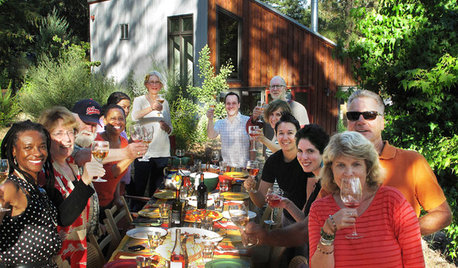
HOUZZ TOURSHouzz Tour: Modern Studio Inspires Creativity
A freestanding studio in California's Wine Country plays host to writing workshops, salons, great meals and the owners' creative pursuits
Full Story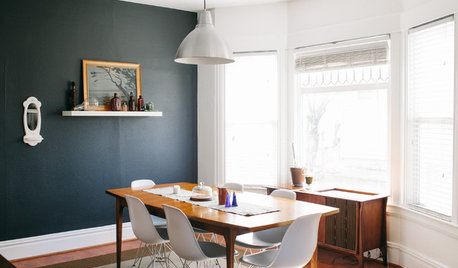
HOUZZ TOURSMy Houzz: A Couple’s Tastes Harmonize in a Northwest Farmhouse
Room for their musical pursuits drew an artist and an engineer to this Spokane home, which they’ve decorated in a modern, eclectic style
Full Story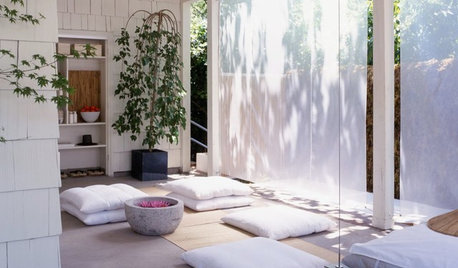
LIFESimple Pleasures: Get Centered
Make time to regroup and recharge with a special spot for meditation, yoga or any other mindful pursuit
Full Story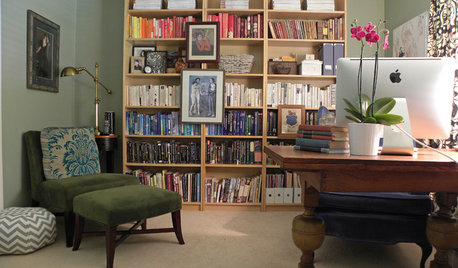
LIFESimple Pleasures: A Room of Your Own
Free up space for your own creative or meditative pursuits, and your dreams may have freer rein too
Full Story
HOUZZ TOURSMy Houzz: Traditional, Collected Style in Oregon
A gold-and-blue palette, curated furnishings and dark wood floors warm up an Oregon couple's home
Full Story
KITCHEN DESIGNHouzz Call: Tell Us About Your First Kitchen
Great or godforsaken? Ragtag or refined? We want to hear about your younger self’s cooking space
Full Story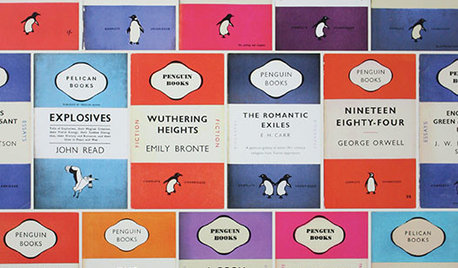
PRODUCT PICKSGuest Picks: Delightfully Daring Wallpaper
Deck the walls in fabulous, fearless wallpaper brimming with bold patterns and bright colors
Full Story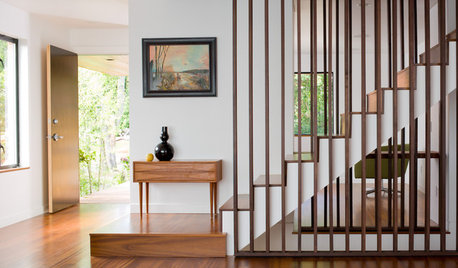
HOUZZ TOURSHouzz Tour: Open and Modern Seattle Remodel
A dining room addition and an all-new kitchen were just part of a renovation that turned a Seattle home from outdated to modern
Full Story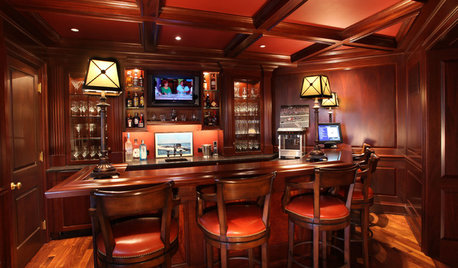
ENTERTAININGHome Bars Tap Into Guy-Friendly Style
Belly up to rich wood, sports memorabilia and plenty of beer — pub spaces are letting guys run wild without leaving home
Full Story
PRODUCT PICKSGuest Picks: The Paris Apartment of Your Dreams
Who doesn't long at least once to live in the City of Lights? Get the feel no matter where you live with this Parisian-style decor
Full Story









wieslaw59